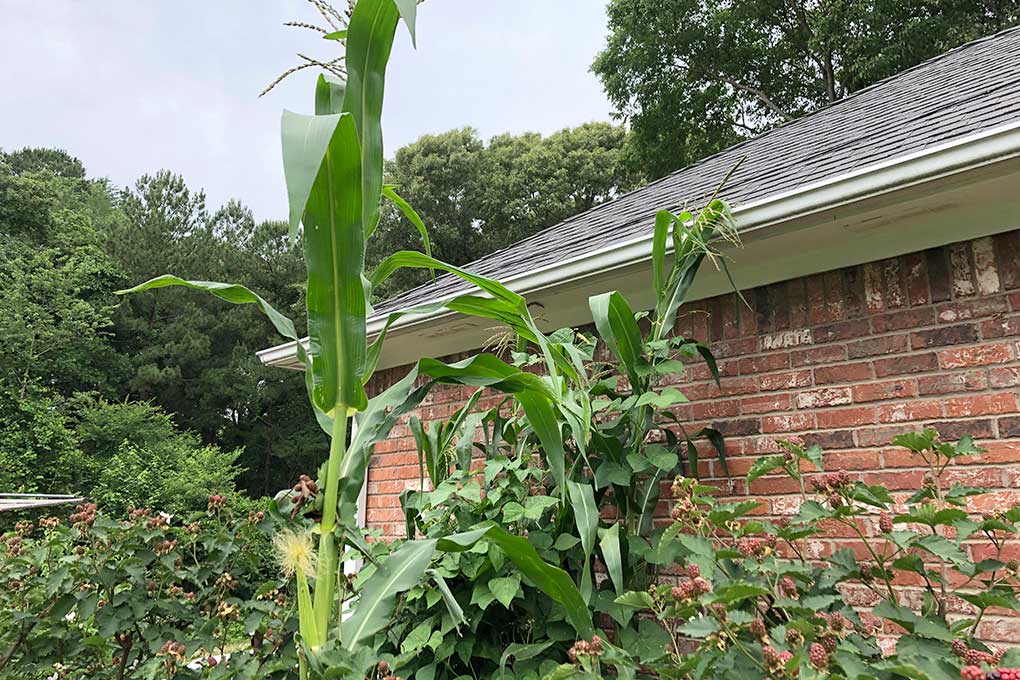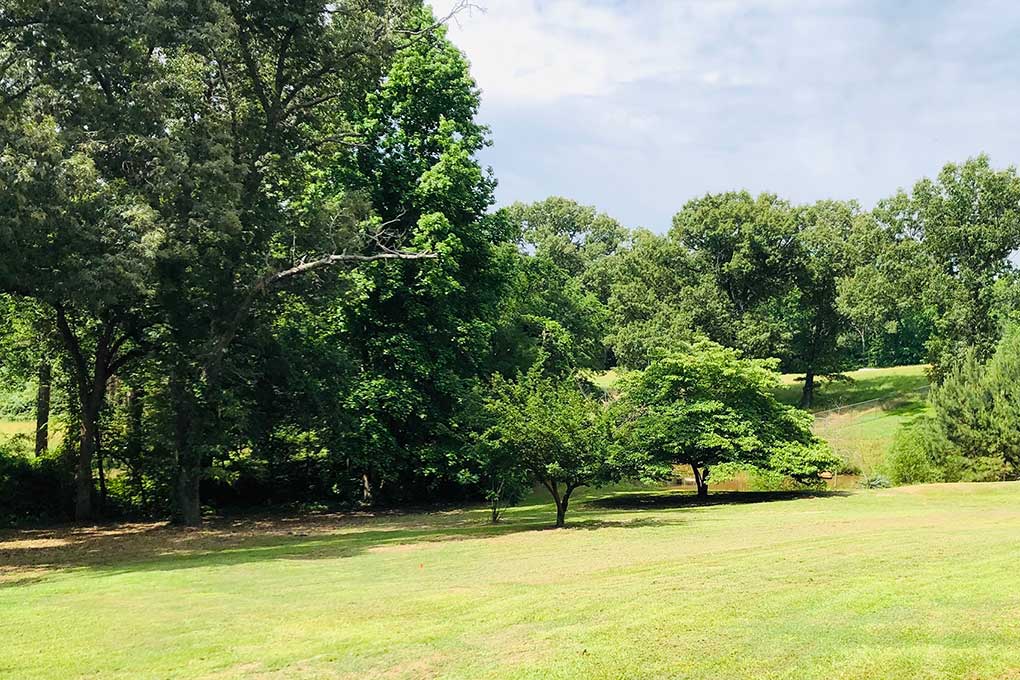If there was one thing Ashdown, Arkansas had when I was growing up, it was plenty for kids to do.
During the summer months, activities included baseball, day trips to swim at the lake, visiting kinfolk, and spending the night at a friend’s house. And of course, lawn work.
Fall meant more lawn work, including raking (pine needles are not your friend), football, splitting wood for the fireplace for next year, and Halloween.
Winter brought the holidays and a break from lawn care. It also allowed you to relive your dad’s words of, “That wood you’re splitting will bring heat twice. Once when we put it in the fireplace, and right now. So, get to it.”
But spring seemed to be the time of year when a kid could find his own things to do. School was back in session, but the lawn wasn’t yet the beast it would become during the Arkansas summer rains and heat.
And one of the things my cousins, buddies, and I loved to do in early spring was fish for crawdads.
Now them fancy city folk called them crayfish. But they didn’t look anything like a fish, and I figured about half of them were dads. So we liked our name better.
And our crawdads were special. They didn’t live in the rivers or streams. They built their homes right in our backyards. You could tell right where they were by the mud chimneys.
We had some cousins in Louisiana, but they didn’t have mud chimney crawdads, they said. Many of our cousins seemed to be in the crawdad business. They raised a bunch of them in water and had big parties with potatoes, onions, and corn to go with them.
The rest of the time, they ate just about everything else out of the woods. I learned early that if you were eating food they provided and couldn’t identify the food, it was best if you just didn’t ask.
Our crawdads were bigger, but Arkansas must’ve had a limit of one crawdad per hole. That’s all I remember catching out of each one.
To catch them, we’d get a small piece of salt pork, tie it on the end of a heavy piece of twine, and drop it down the hole until we felt resistance. Then we’d check the line every now and then for some tension.
I always wished we could’ve had a cork like regular fishing, but obviously that wouldn’t work with the cork down that far down the hole. Dad said that was below “see” level.
See what he did there?
We were lucky if we had 30 or 40 mud chimneys on our property and were even luckier if we caught four or five crawdads.
Never did eat them. There weren’t enough to eat. Mom didn’t want them in the house anyway, so we always turned them loose back down the hole.
At the time, I didn’t realize that many of the crawdads we have in Arkansas are unique. We all just figured everyone had the same ones, except for the cousins in Louisiana.
The website ArkansasHeritage.com published an article called, Don’t Get Pinched! The Crayfish of Arkansas, in July of 2020. In the article, it says The Natural State is home to nearly 60 species of crayfish, including 13 only found in Arkansas.
The article also says that very close to Ashdown, a brand new species of crawdad was discovered in 2015.
Caramel Crayfish (Fallicambarus schusteri), is only found in a few ditches in extreme southwestern Arkansas and southeastern Oklahoma.
Well, how about that.
So, when spring arrives, put grandma and the kids in the station wagon, pick up a pair of scissors and a good ball of twine and meet me in Ashdown. I’ll bring the salt pork.
Or, if my cousins from Louisiana come in, we can use something from their picnic basket for bait.
By John Moore
















0 Comments